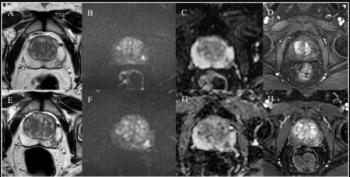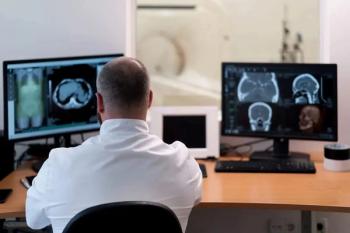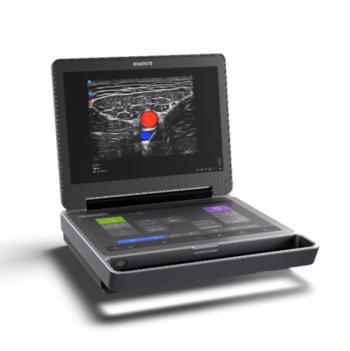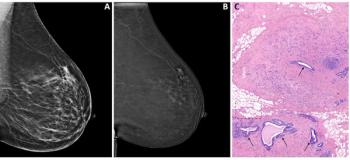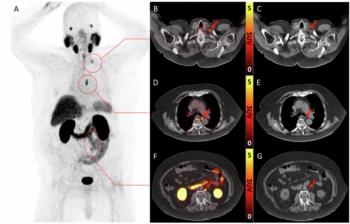
- Diagnostic Imaging Vol 31 No 1
- Volume 31
- Issue 1
True value comes to digital imagingvia mining of medical databases
For most of the past 15 years or so, radiologistsjoining the digital revolution havefocused on getting their images into thePACS-and out again, properly annotated witha report. For many today, that's still the primaryfunction of a RIS and PACS.
For most of the past 15 years or so, radiologists joining the digital revolution have focused on getting their images into the PACS-and out again, properly annotated with a report. For many today, that's still the primary function of a RIS and PACS.
That's changing rapidly. Though still largely the province of large academic institutions, data mining that adds analysis to the process information collected by the PACS, the RIS, and the electronic medical record is proving to be a pathway to better care.
In radiology, and indeed in much of medicine, patterns of practice have been locally determined and inconsistent. Even at this year's RSNA meeting, for example, we learned that rates of diagnostic imaging utilization varied by more than 56% across the 10 Medicare regions of the U.S.
Professional associations and medical journals have been the traditional approaches to defining best practices.
But even with the availability of that information, approaches to care vary widely. Data mining of digital information has given us the tools to understand where and how this is happening. This, in turn, has allowed us to develop more effective steps to bringing consistency to the application of best practices.
At this year's RSNA meeting, there were at least a dozen presentations discussing data mining strategies and how they can be used. Many showed how it can generate real clinical results.
One study from Massachusetts General Hospital used information mined from a database to compare outpatient CT utilization before and after the implementation of an electronic order-entry decision-support system. The study showed that quarterly CT volumes climbed until implementation of the system and then fell, reducing the growth rate in CT scanning from 3.1% to 0.2%.
Radiologists at the University of California, San Francisco developed a PACS-based system that allows them to tag imaging studies for follow-up information and automatically query sources such as pathology reports or discharge summaries and request a report back as soon as the new information is added to the patient's record. Normally, follow-up information isn't generated unless there is a big miss or it's a case of the week. This approach provides another valuable learning tool for the radiologist.
Another research study from MGH used an automated search of electronic medical records to identify patients at risk for contrast-induced nephropathy. In a 50-case test cohort, two human readers were less sensitive than the automated system in predicting risks for CIN, but not as specific. The automated system evaluated the cohort in just 9.5 seconds, compared with 53 and 24 minutes for the human readers.
A system developed by the University of Maryland used data mining techniques to better identify whom to contact to communicate critical findings.
All of these developments come none too soon. Insurers, regulators, and the public have grown consistently more concerned about radiation dose exposure and the cost of unnecessary scans. Pressure to improve workflow and clinical outcomes is increasing as well.
One problem remains. Most of the research on database mining reported at the RSNA meeting involved large academic institutions. Data mining strategies, for the most part, have not reached private practice radiologists. But that's changing also. A number of vendors already offer dashboards that help monitor workflow processes. In addition, new commercial tools entering the marketplace will make data mining strategies more available to private practice radiologists.
As that happens, radiologists will gain yet another tool to help them provide better patient care.
Articles in this issue
almost 17 years ago
When the RSNA throws the book at us, we read it allalmost 17 years ago
California blamesoperator errorfor CT incidentalmost 17 years ago
Is this radiology's best connected couple?almost 17 years ago
Iso-osmolar agent showshigher renal failure ratealmost 17 years ago
CMS hesitates to approvePET for cancer despite dataalmost 17 years ago
Chest CT assists follow-upof head and neck canceralmost 17 years ago
Economic woes affect attendancealmost 17 years ago
Expertise with MSCT-CA takes timealmost 17 years ago
Illegal patient info sneaks into PowerPoint filesalmost 17 years ago
Moolah getsreports flyingout the doorNewsletter
Stay at the forefront of radiology with the Diagnostic Imaging newsletter, delivering the latest news, clinical insights, and imaging advancements for today’s radiologists.

